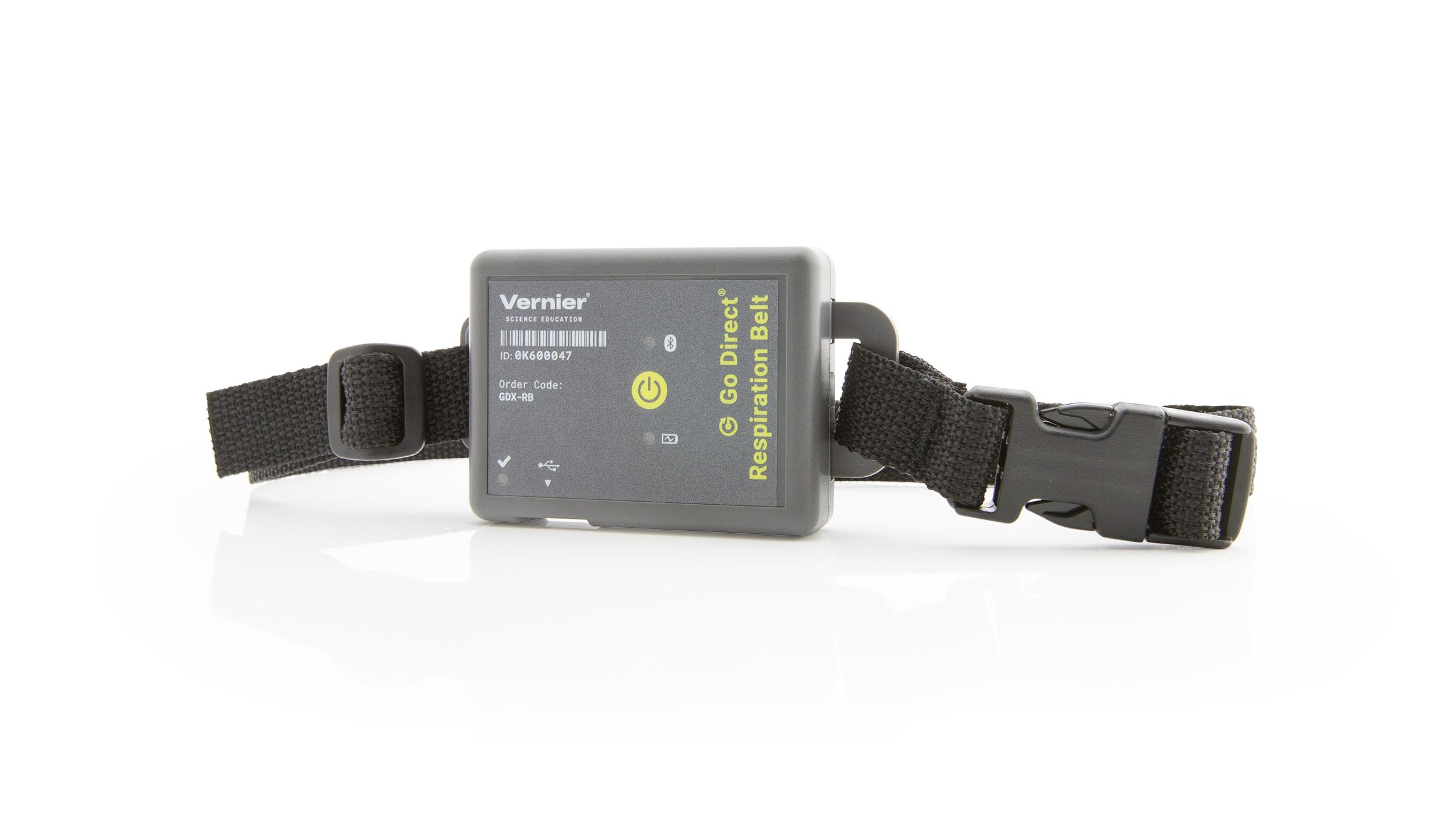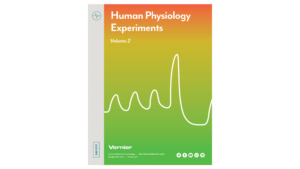Introduction
This experiment is designed to investigate the effects of barefoot running, a running trend popularized by Christopher McDougall in the book Born to Run. Traditional running technique emphasizes a heel-to-toe foot strike during each stride. Without the padding provided by traditional running shoes, barefoot running tends to minimize heel strike. This often leads to a change in the step rate of the barefoot runner. Cadence is another word that is commonly used for step rate. Cadence is defined as the number of steps a subject takes per minute.
A pedometer is a device that can be used to monitor steps and step rate. As a result it can be used to measure cadence when walking or running. The Go Direct Respiration Belt has a built-in pedometer that will be used in this experiment. The Go Direct Respiration Belt will be attached to the subject who will run for a brief period of time while wearing normal running shoes. The subject will then repeat the test while running barefoot. The mean cadence in steps per minute (spm) will then be determined for both conditions. The subsequent data will be used to determine if barefoot running changes the cadence of the subject.
Important: The equipment used in this experiment is for educational purposes only and should not be used to diagnose medical conditions.
Objectives
- Use a Go Direct Respiration Belt to measure the cadence (spm) of a subject during normal running and barefoot running.
- Determine the subject’s average cadence (spm) in each condition.
- Use the results to determine the effect of barefoot running on running cadence.
Sensors and Equipment
This experiment features the following sensors and equipment. Additional equipment may be required.
Ready to Experiment?
Ask an Expert
Get answers to your questions about how to teach this experiment with our support team.
- Call toll-free: 888-837-6437
- Chat with Us
- Email support@vernier.com
Purchase the Lab Book
This experiment is #12 of Human Physiology Experiments: Volume 2. The experiment in the book includes student instructions as well as instructor information for set up, helpful hints, and sample graphs and data.


